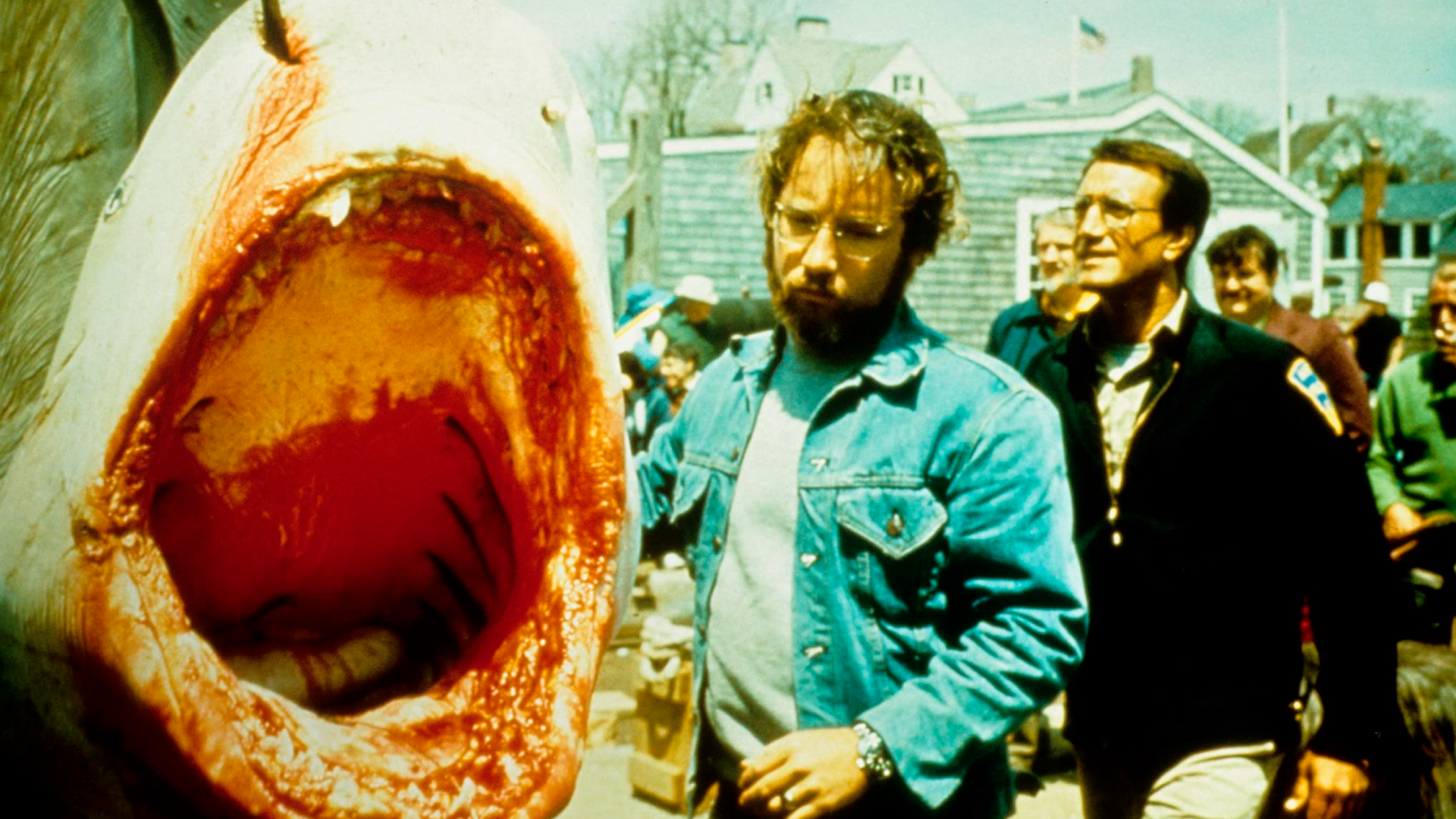Film production challenges: Mastering scheduling for weather, locations, and cast
Producing a successful film requires overcoming numerous common scheduling obstacles.


Image source: IMDb.com
This article delves into the importance of tackling weather, locations, and cast availability issues, providing effective scheduling strategies and real-life examples from filmmaking history to ensure a smooth film production process.
Weather-related challenges and solutions
Weather-related challenges can cause significant film production delays. During the filming of "The Revenant" (2015), unpredictable weather forced director Alejandro G. Iñárritu to adapt the shooting schedule. To tackle weather issues, monitor weather forecasts closely and develop contingency plans, such as indoor backup locations, to mitigate the impact of adverse conditions on the shooting schedule.

Scouting and securing filming locations
Scouting and securing filming locations are critical aspects of pre-production planning. For "The Lord of the Rings" trilogy, extensive location scouting in New Zealand was crucial to finding the perfect settings. Obtain filming permits early to avoid scheduling obstacles and have location alternatives in place to ensure the film crew can adapt to unforeseen changes.

Navigating cast availability and conflicts
Cast availability and conflicts can create challenges in film production. When scheduling conflicts arose during "La La Land" (2016), Emma Watson was replaced by Emma Stone. Maintain open communication with cast members to identify potential conflicts and adjust the shooting schedule accordingly. Establish backup plans to work around cast unavailability when necessary.

Effective communication and time management
Clear communication and efficient time management are essential for overcoming scheduling obstacles. During the production of "Mad Max: Fury Road" (2015), the film crew faced numerous challenges, including location changes and production delays. Director George Miller kept the crew informed of any changes, ensuring everyone understood their roles and responsibilities. Utilize tools like call sheets and production calendars to streamline the scheduling process.

Pre-production planning and schedule flexibility
Thorough pre-production planning and maintaining schedule flexibility are essential in accommodating unforeseen challenges that may arise during film production. A prime example of the importance of pre-production planning and flexibility is the filming of "Jaws". The production faced numerous challenges, including mechanical problems with the animatronic shark, adverse weather conditions, and budget overruns. Director Steven Spielberg's ability to adapt and modify his plans, along with the flexibility of the production team, ensured the movie's completion and ultimate success. By prioritizing pre-production planning and maintaining flexibility in your shooting schedule, you can overcome unexpected obstacles and keep your film production on track.

Conclusion
By employing the strategies discussed in this article and learning from real-life examples in filmmaking history, you can overcome common scheduling obstacles in film production, such as weather, locations, and cast availability. Embrace effective scheduling strategies, clear communication, and pre-production planning to achieve a successful film production experience. To further enhance your planning process, consider utilizing Filmustage's AI-driven Script Analysis tool, which can detect potential risks and offer valuable insights on preventing and mitigating these challenges, streamlining your filmmaking journey.
From Breakdown to Budget in Clicks
Save time, cut costs, and let Filmustage’s AI handle the heavy lifting — all in a single day.